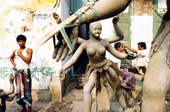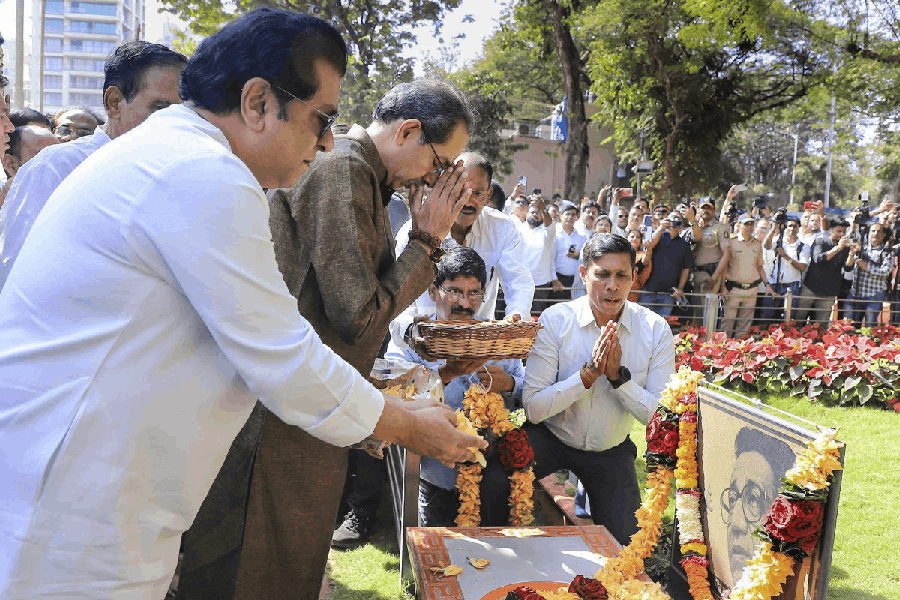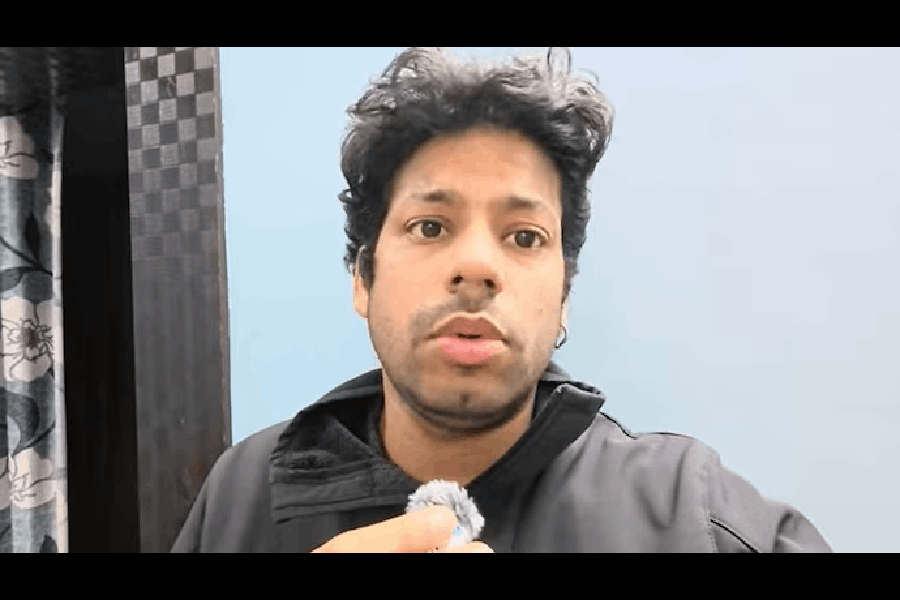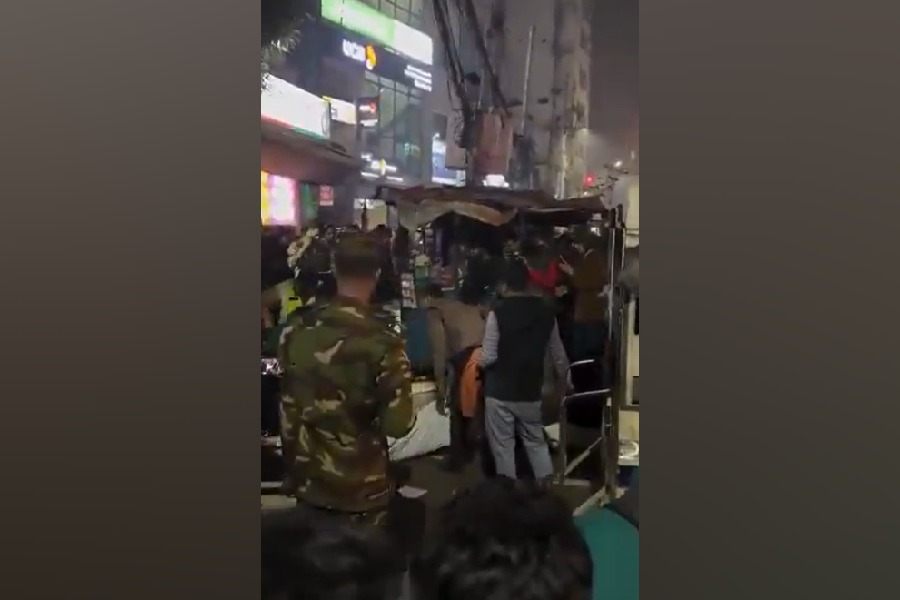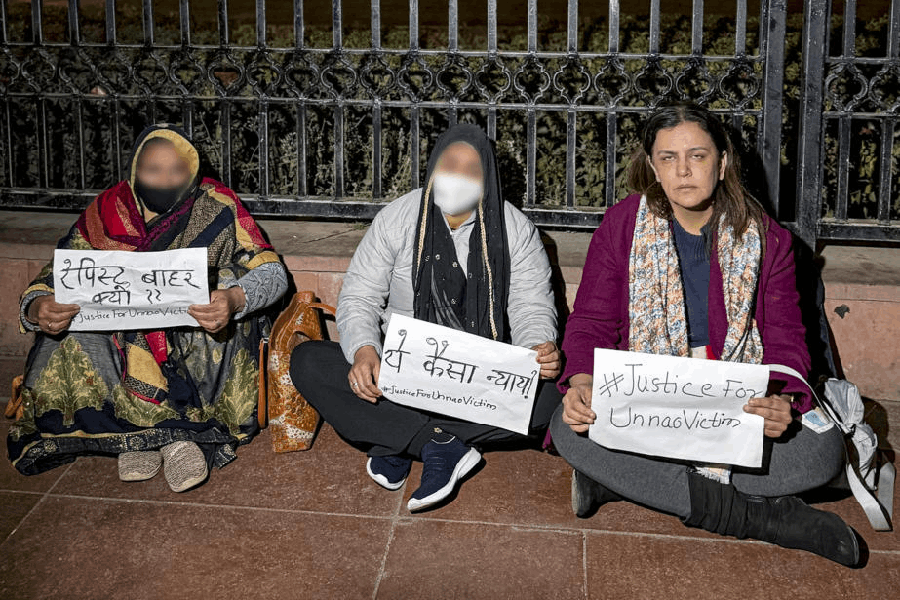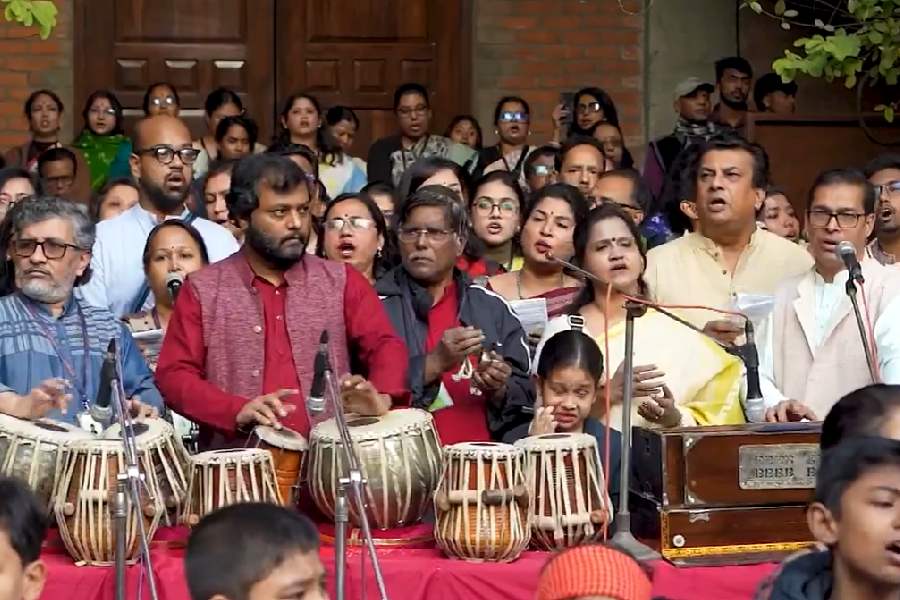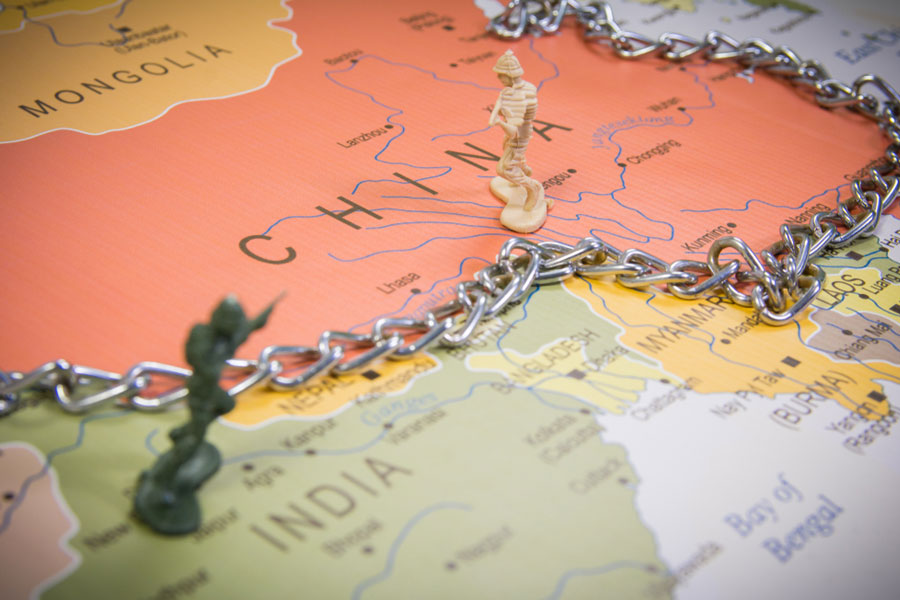 |
| A photograph of Kumartuli by Raghubir Singh |
I first met Raghubir Singh in 1987 in Calcutta. I was a 26-year-old fledgling photographer with an outrageous idea — to do a photographic book on Sikkim! I had been photographing in Sikkim for about a year. I had also been a Raghubir Singh fan for some time, especially of his first book on the Ganga, and then Calcutta.
Raghubir was in Calcutta photographing for his second book on the city — The Home and the Street. After much difficulty I was able to fix up an appointment at the home of the Calcutta historian, the late RP Gupta, who had written the text for Raghubir’s first book on the city. I decided to take my slide projector with around 30 to 40 of my best images.
We were introduced by Purnima Dutta, RP’s sister-in-law. Raghubir looked at me rather sternly through thick black-rimmed glasses as he shook my hand. I busied myself setting up the slide projector. The slide show lasted for about 10 minutes. After it ended, I looked at Raghubir and smiled a silly smile. A frosty glare was the reply, followed by: “Your photographs are too raw”. A few minutes later he looked at me and said: “Come and see me at my hotel next week.”
I reached the Kenilworth Hotel before the appointed time. A few seconds after 7pm, I rang through to his room and a gruff voice asked me to come up.
Raghubir was sitting on a bed looking at photographs scattered all over. He nodded at me and without a word continued to look at his images. I noticed that he was rejecting photos at great speed. Out of almost a hundred prints he had selected just two or three images. Raghubir waved me to a chair.
He opened the conversation suddenly: “Form, pattern and texture,” he said. “Never forget this or you will never be a good photographer.” He looked down at the heap of prints that he had rejected. “If you look at these you will find that they are lacking in something or the other.”
“What about light and colour, Mr. Singh?” I asked.
“Light is taken for granted,” he replied. “If you don’t have good light or you haven’t used the light to your advantage, you have already lost the battle. As for colour, I have spent my entire life shooting colour — mainly the colours of India. I never shoot black and white. Colour is important but never just colour on its own. You can’t make a photograph out of just colour.”
I asked what equipment he was using. He pointed to a small Nikon body, the FA and a fixed focus 35mm lens. “I have simplified my work into one body and one lens. If that lens can’t take the photograph then I don’t take it. Most of the time on the Calcutta streets I will have taken a photograph but no one will have realised it. You need to be inside the photograph not shoot from outside.”
Like Cartier-Bresson, I thought, but did not have the courage to say so. The words of Robert Capa, the great war photographer, came to mind: “If your pictures aren’t good enough, you’re not close enough.”
I ventured to ask Raghubir about his first book on the Ganga. In particular I asked him about the brilliant opening shot of Swami Shradhanand at dawn at Goumukh, back-lit against the rising sun. For me that was a photograph of a lifetime.
Raghubir dismissed it. “That photograph is far too dramatic,” he said. “I would never take a photograph like that today. It takes away from the real essence of the subject, the Swami, and focuses on the sun’s rays with the dappled waters of the Ganga and the snow.”
I never met Raghubir again. His second book on Calcutta was well received and was followed with work on Bombay, the Grand Trunk Road and most surprisingly the Ambassador car. In April 1999, I was shocked to read in the newspapers that he had suddenly passed away after a massive heart attack in New York. He was only 56.
Now almost 23 years later I realise that it was probably the most important hour in my journey as a photographer, even though neither of us took a photograph.
sujoyrdas@gmail.com

